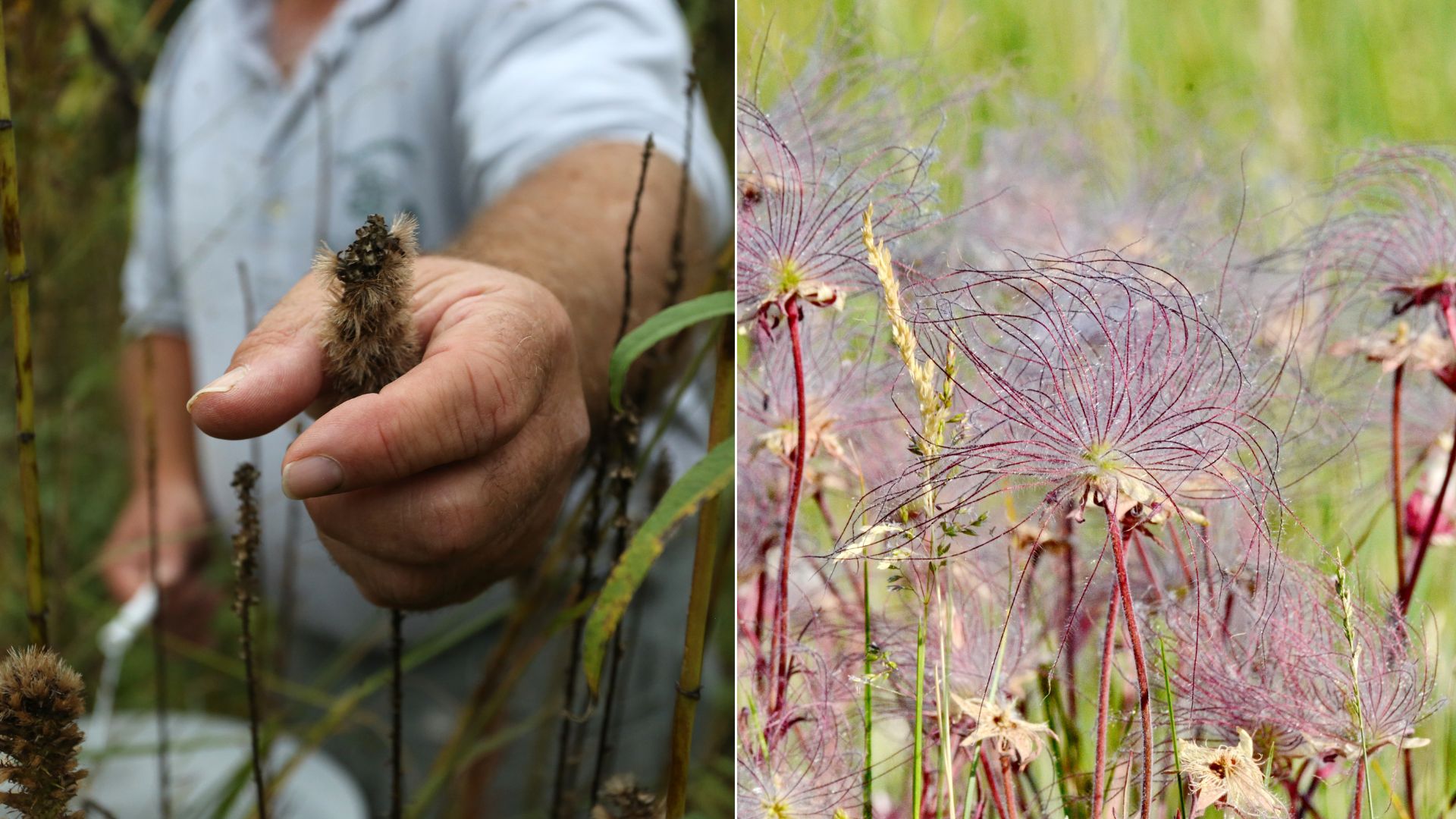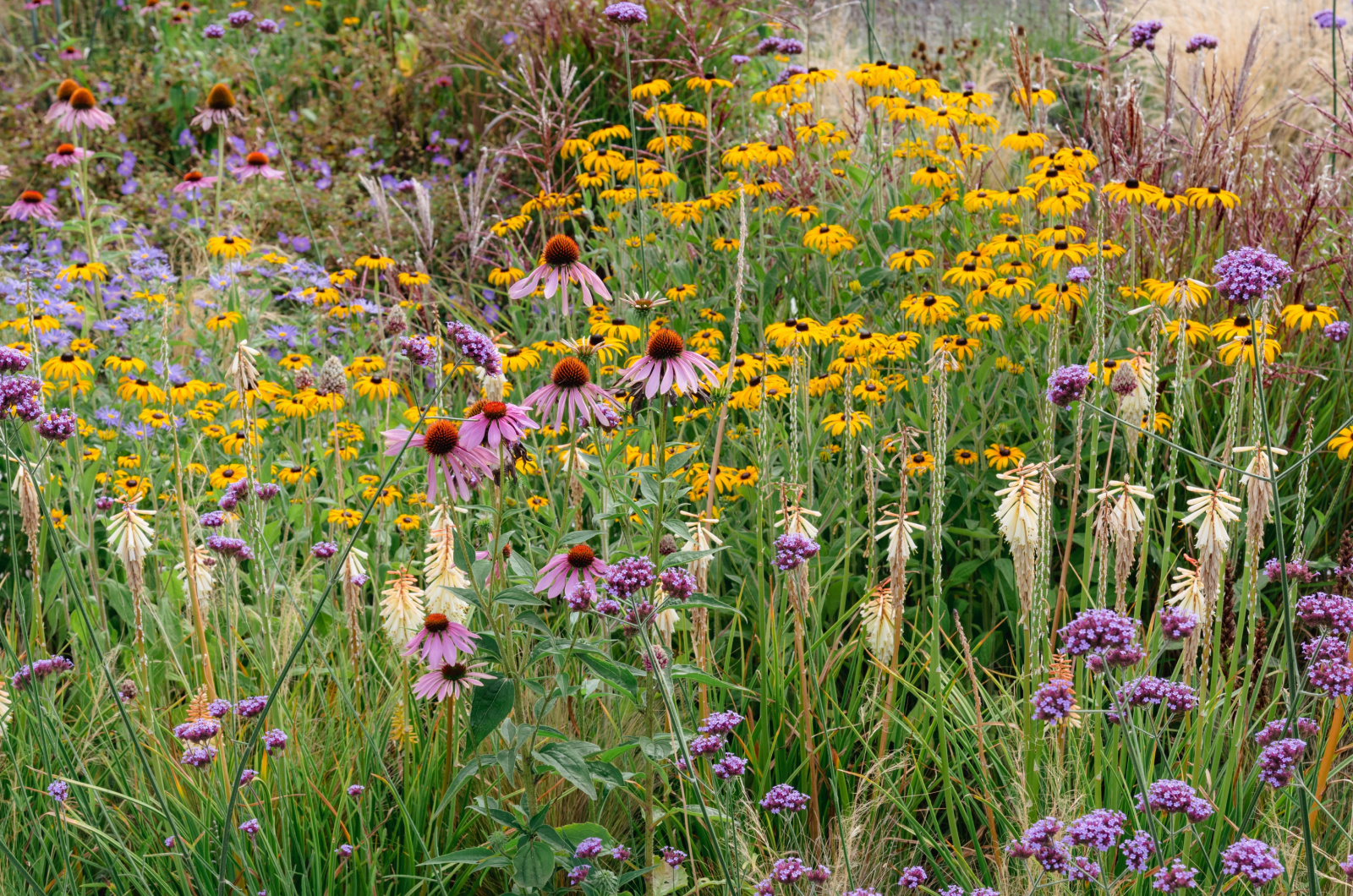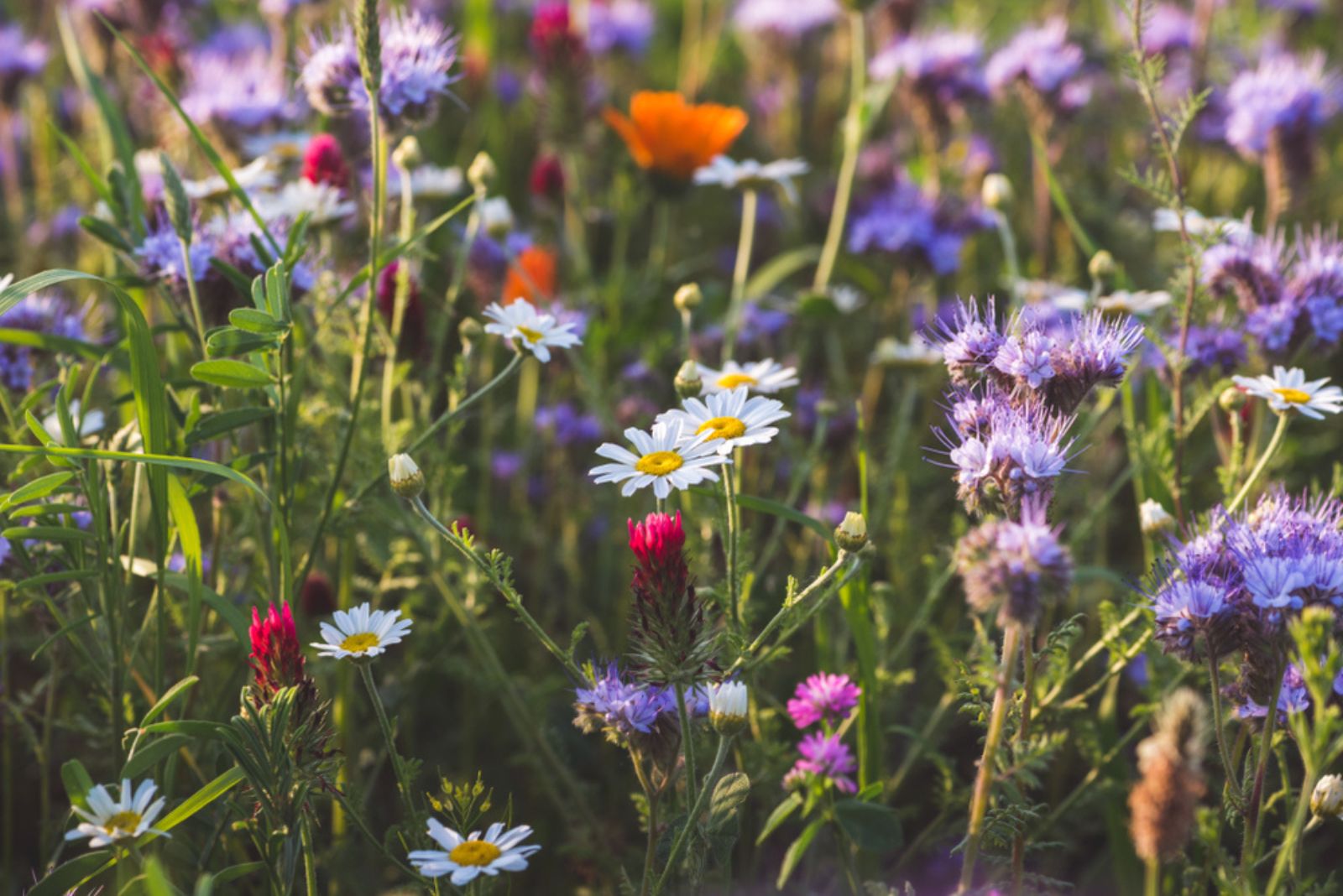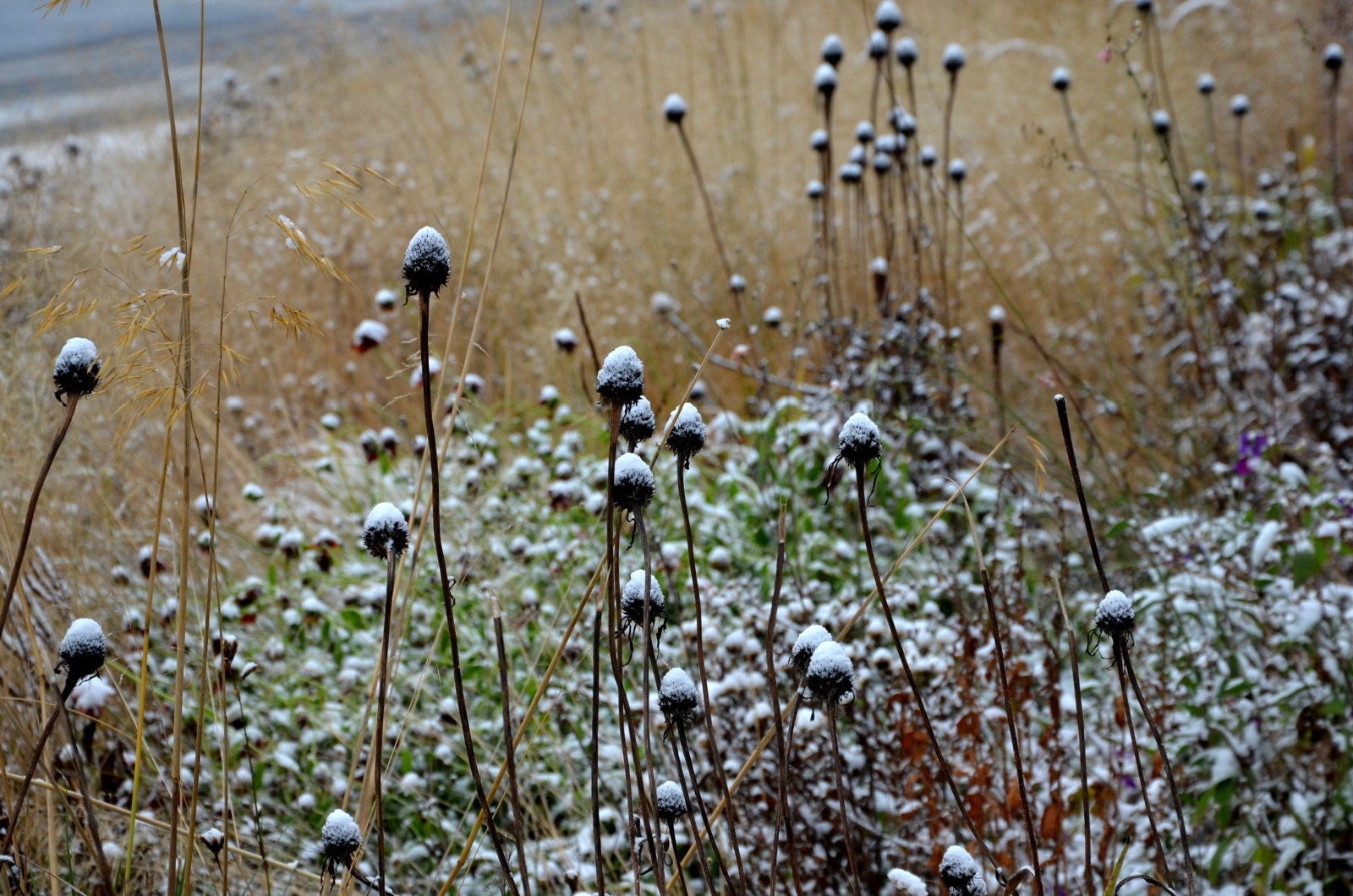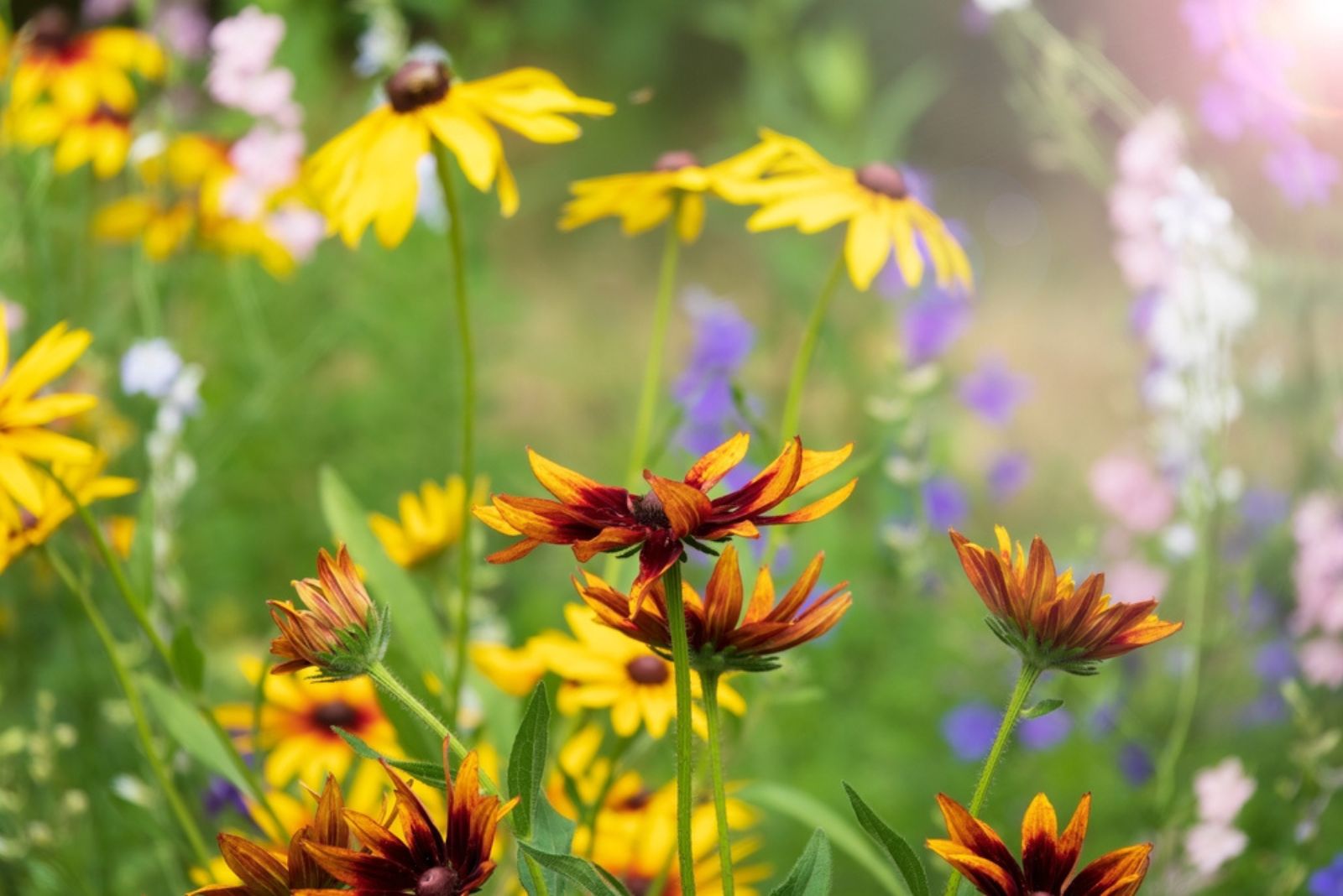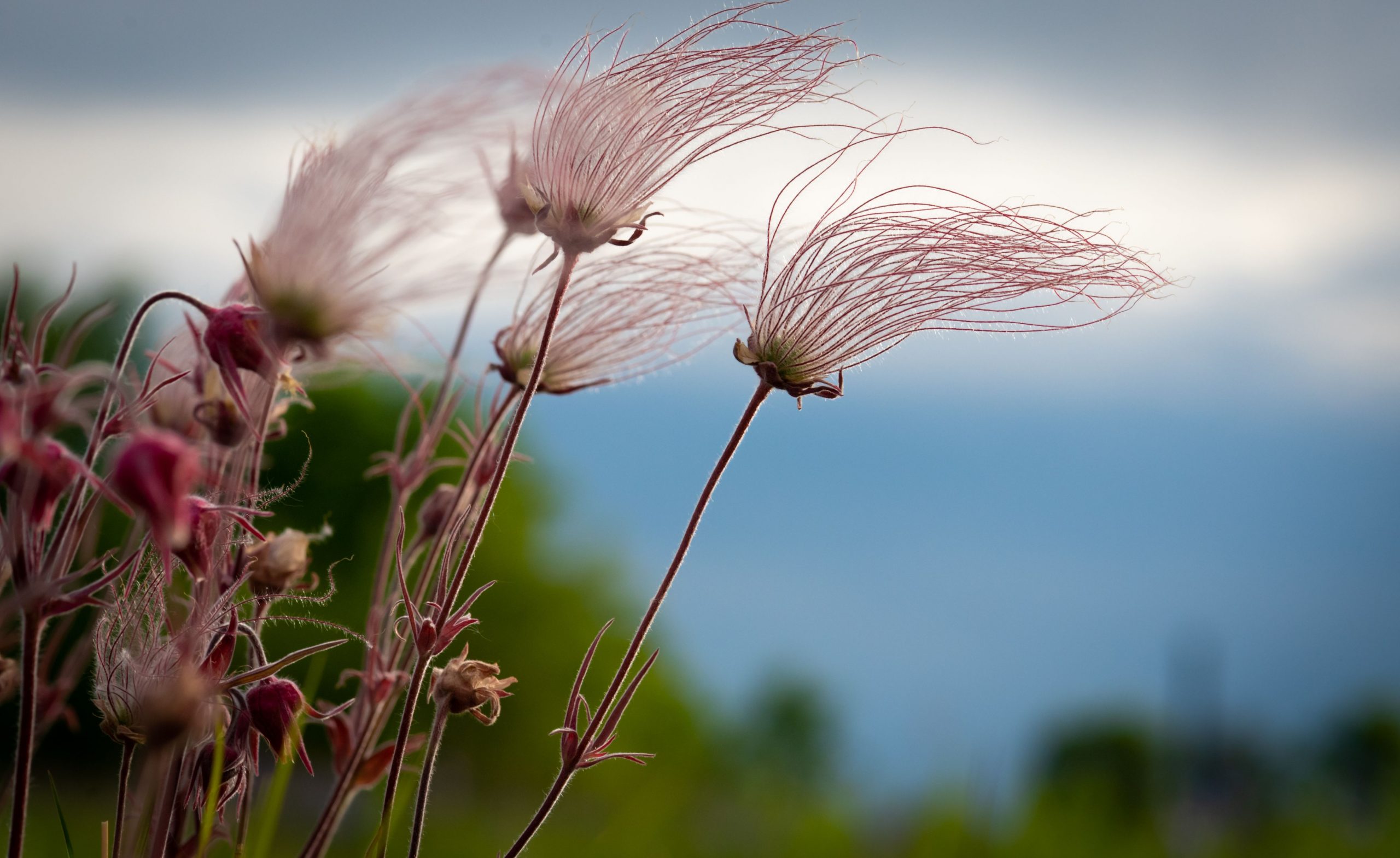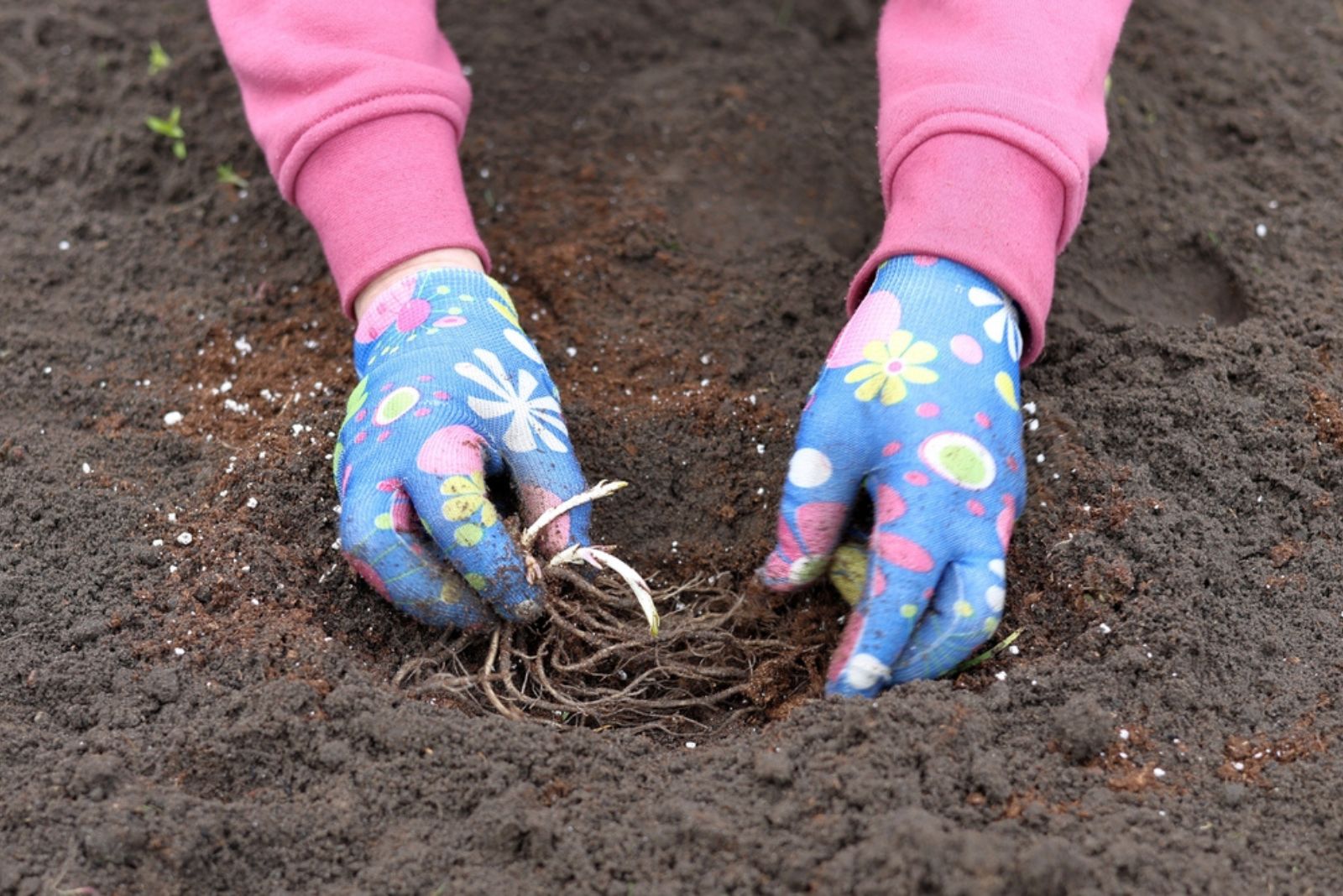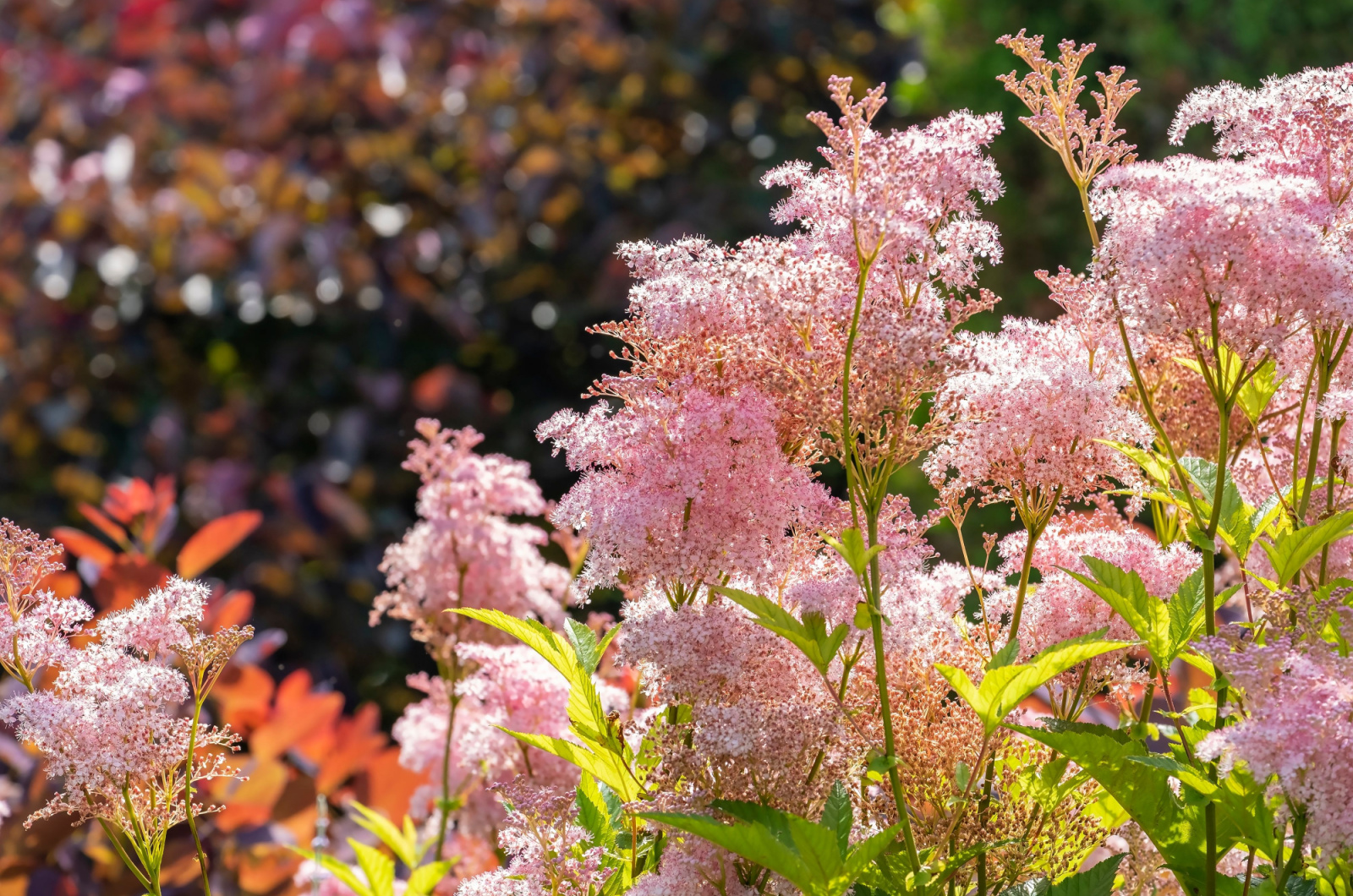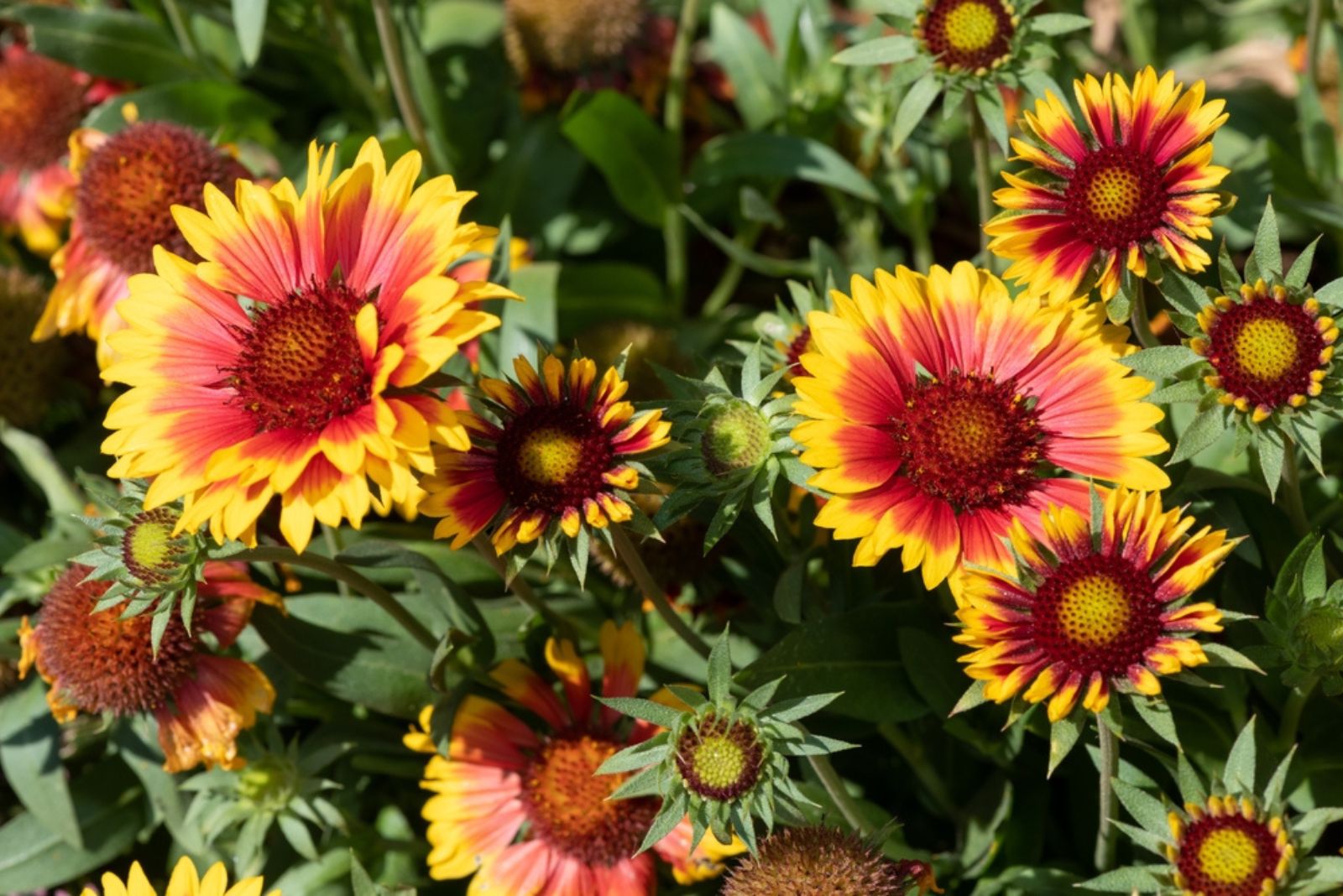Choosing the perfect landscaping style can be pretty tricky, especially for those who aren’t into modern garden designs.
What if I told you that there’s one style that will add a romantic, loose, and natural touch to your outdoor space? It’s called prairie planting and it’s just what the name suggests: a garden resembling spectacular natural wonders with multiple grass and flower species.
So, what do you exactly get if you decide on this gardening method? Three words: sustainability, biodiversity, and natural design.
In this article, I’ll tell you everything about prairie planting, from how it gained popularity to how to start it in your own backyard.
Let’s get started!
More About Prairie Gardens
So, a prairie is defined as an ecosystem that features herbaceous plants and few to no trees. This is exactly the principle we should follow if we decide on the prairie planting method.
One of the best things about this gardening method is that it’s concentrated on planting native wildflowers in our garden. As you may know, native plant species support native wildlife, such as bird species and butterflies.
Various factors such as climate change have put these animal species in danger and our task is to help in restoring natural balance. One of the ways is by starting a prairie garden.
This type of garden isn’t supposed to be large; a planting site of ¼ acre should suffice. It should contain a wide array of native grass species and perennial flowers.
Another feature of the prairie garden is the ease of maintenance; the prairie garden doesn’t include many chores and the results are still fantastic.
So, your gardening skills don’t play a major role in starting this type of garden. You can have a thriving prairie garden even if you’re a beginner.
Why Is It So Popular?
The prairie garden is one of the top trends at the moment and the main question is why? If we take a look at modern gardens, no one denies the fact that they’re aesthetically pleasing.
However, these gardens often lack vibrance and a natural touch. This is exactly where the prairie garden steps in. It’s all about natural aesthetics without tidy lawns and pavers.
Sites designed in this style may look kinda messy but that’s the point. Nature isn’t about straight lines and perfect color combinations, the key lies in diversity.
It’s pretty similar to chaos gardening, in which the main principles are also around embracing more natural styles.
What Are The Benefits Of Prairie Gardens?
As mentioned before, this type of garden is super easy to maintain but what does that exactly mean?
First, it saves us a lot of time and money. Some plants are pretty pricey and aren’t perennials, which means you’ll need to buy them year after year.
Impatient gardeners can purchase fast-growing native wildflowers, and those who don’t want to spend too much money can buy perennial wildflower species.
Formal flower beds require regular maintenance as well as conventional lawns. With the prairie garden, you don’t have to do any of this. Less mowing and pruning is the dream of every gardener.
If you already have a conventional lawn, all you need to do is stop mowing. Sounds perfect, right?
The prairie garden is super beneficial for gardeners who live in areas often affected by drought. You can plant drought-tolerant wildflowers and grass species.
There are numerous drought-resistant varieties but you should be sure that the ones you incorporate into your prairie garden are native.
The Benefits To Wildlife And Biodiversity
Some gardeners don’t choose prairie gardens because of maintenance but rather for their ability to contribute to wildlife and biodiversity.
If you start this type of garden, you ensure shelter, nesting materials, and winter food for various animal species.
No matter how small your planting site may seem to you, remember that small steps lead to big things, and the best example is the wildlife garden.
Practical Considerations
Before you start your prairie garden, there are some things you should consider. The first one is consulting with your local authorities and weed ordinances.
The main goal of this garden is to get a natural landscape, but some may see it as a neglected and untidy site.
It would be best if you discussed this matter with your neighbors and explained to them the changes you intend to make with the prairie garden. Not everyone knows the benefits of native wildflowers.
Signs, mowed edges, and fences around your prairie garden site are also good ways to inform people that it’s meant to be there.
How To Check If Your Site Is Suitable
Not every planting site is suitable for this type of garden. Therefore, you need to check a few things before starting one.
The first thing to consider is sun exposure because this type of garden can thrive only if it receives enough bright light.
Planting sites that are on the south, east, and west sides of your house will work perfectly. If the only site available is placed on the northern side, this garden may not be a good choice because it won’t receive enough light.
You can also include a couple of trees in your prairie garden but the essential thing is to clean the site from weedy vegetation.
Some plants you shouldn’t have in your new garden are Canada thistle, Reed canary grass, and quackgrass.
You can start a prairie garden if you live in a region with constant temperature fluctuations or even if you live in a temperate climate.
For best results, the conditions in your planting site should be similar to those found in natural prairies.
How To Check The Soil
Each plant is accustomed to specific soil types and prairie plants aren’t an exception. Your task is to check the soil type to see whether it’s loamy, sandy, or clay, and to determine the pH level.
The easiest way to do this is to perform a soil test on your planting site.
The first requirement of prairie plants is good drainage. If you have compact and clay soil you should know that it retains too much moisture and adjust it. You can amend it with fast-draining materials, such as organic matter.
The native soil of your region will work best for this type of garden.
Even though prairie plants prefer fertile and loamy growing mediums, they will most probably adjust to other soil types.
The good news is that these plants will improve the soil structure in your garden and it will retain more moisture because of the deep roots these plants generate. This means that you will worry less about soil erosion.
How To Plant The Right Mix Of Plants
The last thing we should discuss is plant selection. As mentioned before, native grasses and wildflowers work best in this type of garden, but how do you choose the perfect ones?
The first step is to research the native species in your particular area. Nurseries are a good source of information because the staff knows exactly which plants thrive in your soil and conditions.
If you are looking for some flowering species for your prairie garden, consider asters, helianthus, and solidago varieties. To spice things up, you can add some annual wildflower seeds to this mix.
Blue grama grass, switchgrass, and Little Bluestem are some examples of native grass species you can grow in this type of garden.
Starting and maintaining prairie gardens is not rocket science. With a little effort, you’ll get a diverse garden that will become home to many wildlife species. Additionally, your backyard garden display will look simply breathtaking!

